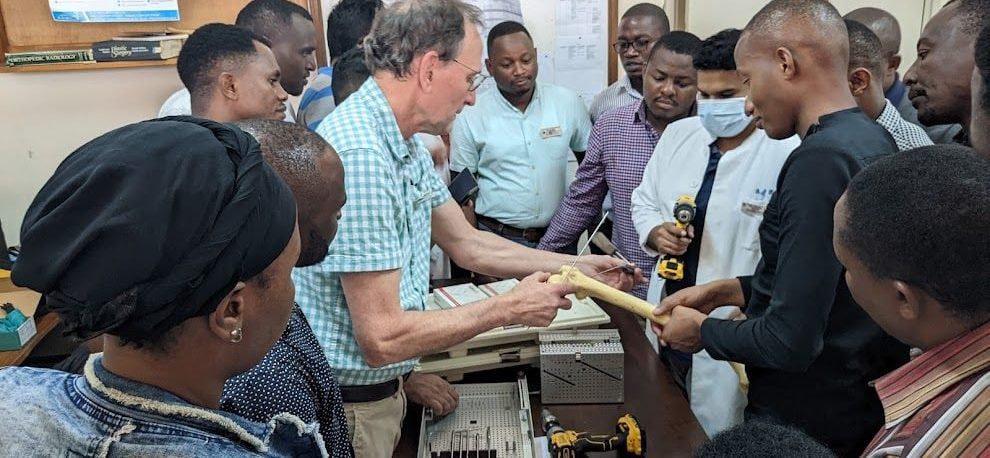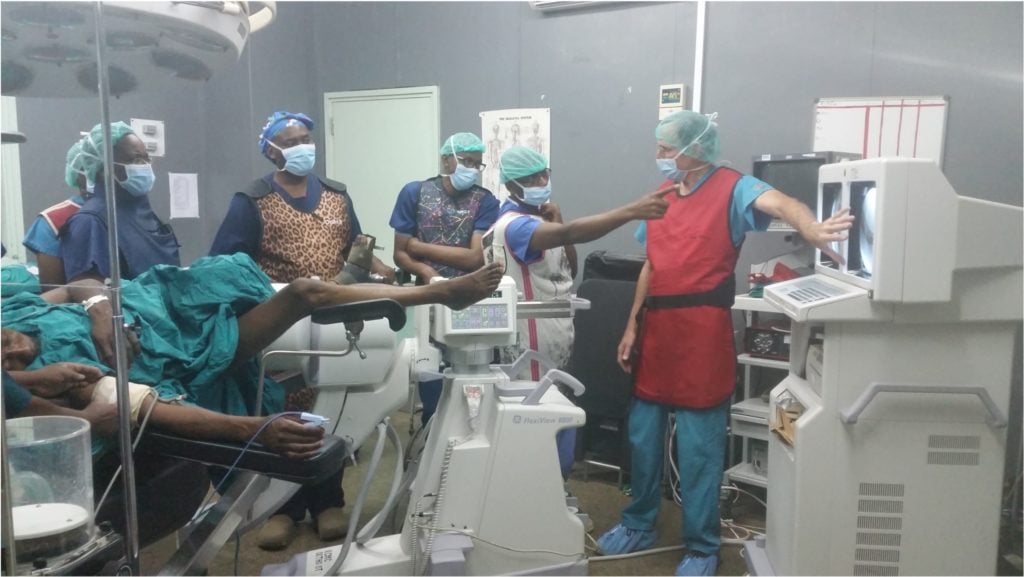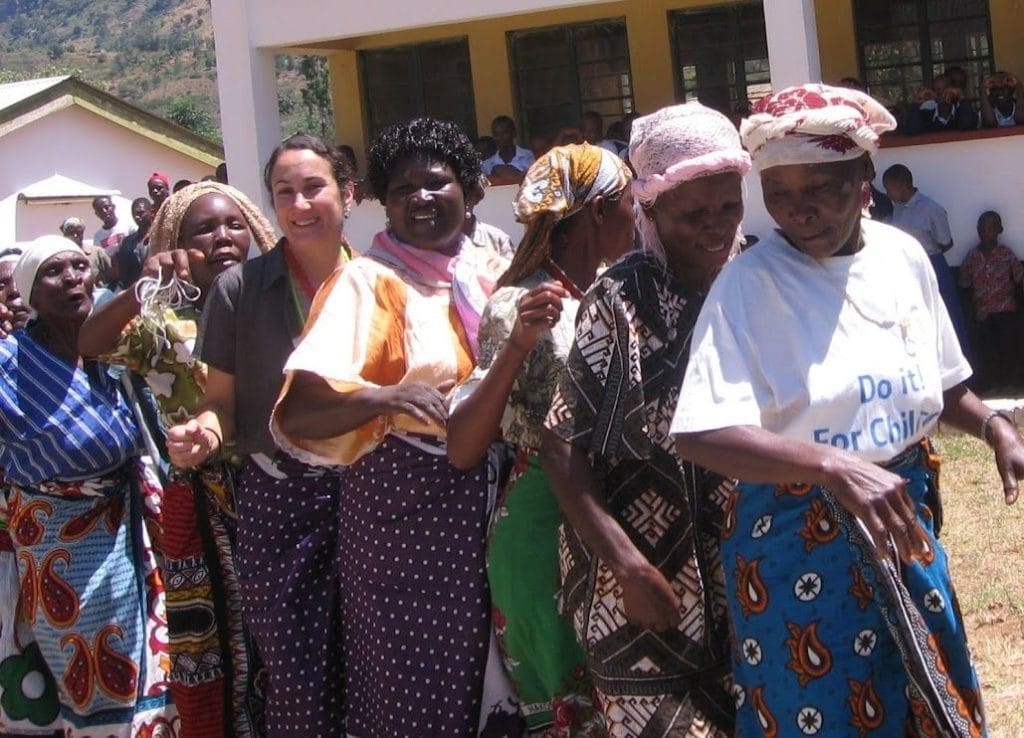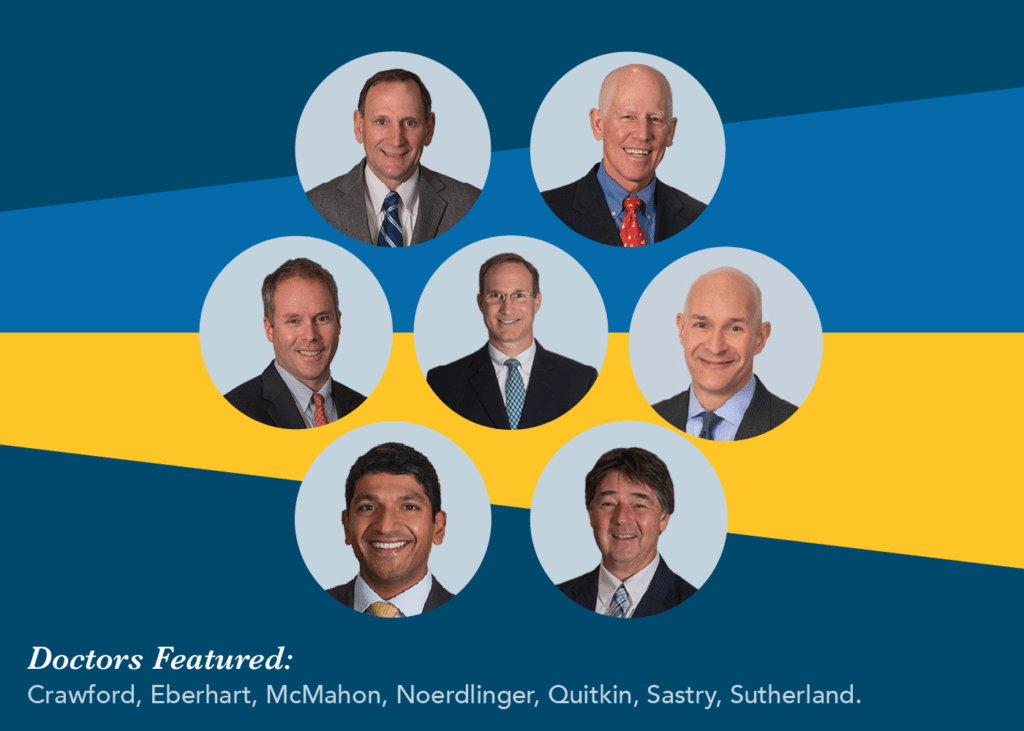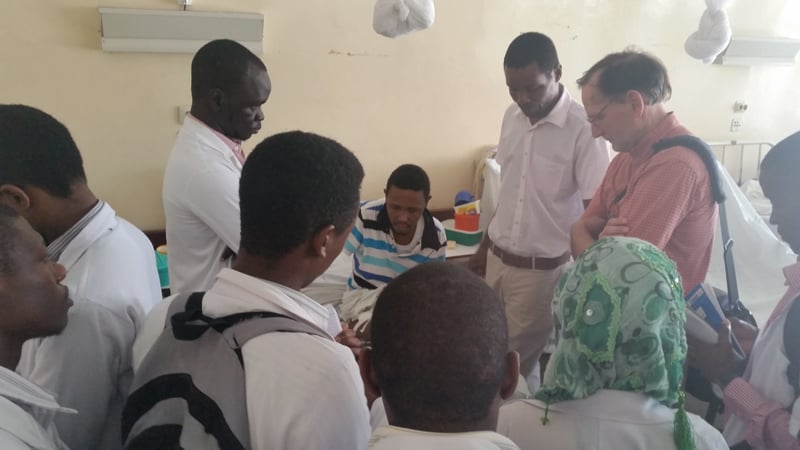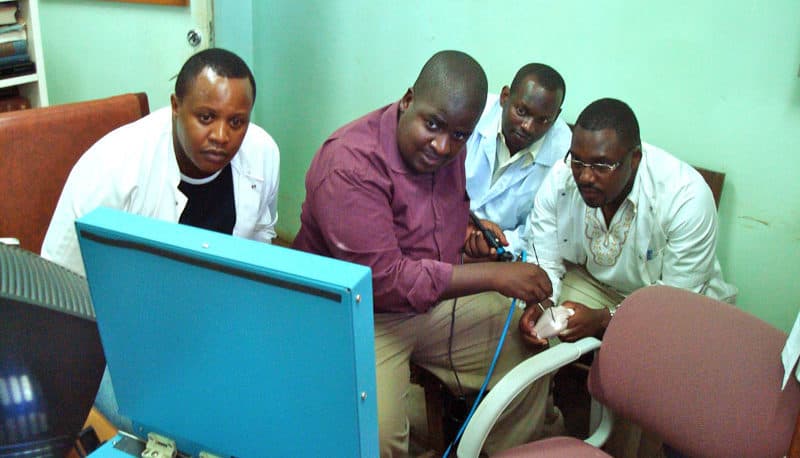March 13, 2019
Moshi, Tanzania, East Africa
Long bone fractures, such as the femur, tibia and humerus, make up the vast majority of our patients’ injuries. Traditionally, these mostly occurred from falls at a height, climbing a tree to get fruit. As Tanzania has become more developed in the past few decades, the injury patterns have changed dramatically. Very few people own cars here so they must rely on public transportation. It is very easy and quite inexpensive to travel long distances in buses. The drivers are usually young men and they often compete with each other for a reputation as the fastest driver. This predictably leads to catastrophes. My first day volunteering in Tanzania, back in 2008, a speeding bus overturned with 67 people onboard. Four died at the scene. The driver ran away. There are no emergency services here as we know, so the rest of the injured were loaded on a dump truck and brought on a two-hour drive to our hospital. Five more died en route. I was called down to the emergency room as the staff there were overwhelmed by the inundation of patients. Blood was everywhere and the injured were two-to-a-bed and covering the floor, making it hard to walk. My disaster training was helpful, but there are limits to what can be done in any situation like this, and we triaged the patients to do the most good for the greatest number. We had only a small amount of blood in the blood bank. One of the patients I was in charge of was a 29-year-old whose young daughter was uninjured. The mother was awake when she arrived but clearly had significant abdominal bleeding. She had lost so much blood I could not find a vein to start intravenous fluids, so I had to make an incision (without anesthesia) at her ankle to start an IV. Despite saline solution in large amounts, her abdomen continued to visibly enlarge, and we decided we needed to use the limited blood on patients we thought we could save. Her death and the reaction of her child have continued to bother me since.
KCMC built a new emergency department two years ago, and my wife Sue and I helped equip it with a container of donated medical equipment, including stretchers, monitors, resuscitation equipment, ultrasound, and x-ray. They now have regular blood drives. I am confident my patient from several years ago would live if she came today.
Inexpensive Chinese motorcycles (about $600) have now become the bane of orthopedists’ existence in developing countries, with road traffic injury levels reaching epidemic proportions. On almost every corner there are young men with their piki pikis offering a cheap, fast, and convenient taxi service. Anyone purchasing a motorcycle is supposed to go through a training program and get a license, but it is easy to pay someone with a license to buy a motorcycle for you and you are in business. As with the buses, the drivers compete to be the fastest and weave in and out of traffic, drive on the shoulders, and often pass on the wrong side at high speeds. The consequences of this system are many severe accidents. For those that survive and are able to get transported to the hospital (usually from a Good Samaritan), our work begins.
Four to eight of these patients arrive at our ER daily. Our intern, who is one year removed from medical school, is the first to be called. For an open long bone fracture, triage involves immediate IV antibiotics, tetanus vaccine (we get about 3 cases of tetanus per month), and a splint. As soon as possible, we try to get the patient to the operating room to wash out the wound and remove dirt and dead tissue. The orthopedic resident on call will perform this procedure. More senior backup is available if needed.
Before we started the teaching program at KCMC, these patients would generally have a pin inserted through the bone just below the knee for a femur fracture or through the heel for a tibia fracture and be placed in bed on traction for 2-3 months. Understandably, this leads to severe joint stiffness and muscle atrophy, and the bone often heals with deformity or doesn’t heal at all. Luckily, due to our donations of medical equipment, treatment now is quite different. For the more severe tibia and joint injuries, an external fixator can be placed, which involves several pins placed into the bone connected by an external metal frame. This allows people immediate mobilization.
I feel the most important difference we have made is the donation of a SIGN nail set. The Surgical Implant Generation Network (signfracturecare.org) was started by my friend, Dr. Lew Zirkle, several years ago to address the problem of treating long bone fractures in resource-poor settings. At home, these fractures are treated with metal rods placed down the center of the bone using an x-ray machine to guide the rod. SIGN has developed an ingenious rod that can be placed without the use of x-ray. For a one-time donation, a hospital receives two instrument sets and 100 nails. As long as the patient results are reported back to the SIGN database, every nail that is used is forever replaced for free. The hospital in the capital of Tanzania uses about 1,000 nails per year. Hundreds of thousands of these nails have been used around the world. Our motorcyclist patients can now be treated with a state-of-the-art nail at no cost and be up out of bed 1-2 days after the operation, and usually full weight-bearing by six weeks without the morbidity of prolonged bedrest. The main problem now with these patients is getting them to return to the clinic at six weeks when they feel fine.
Last Friday, I visited two of my former residents who are the orthopedists at the government hospital in Arusha, Tanzania. They are very frustrated to need to still use traction as they have no SIGN program. I promised them I would try to raise funds for a SIGN set when I return home. Like most doctors around the world, they want the best available care for their patients.
Glen Crawford, MD, Atlantic Orthopedics and Sports Medicine
